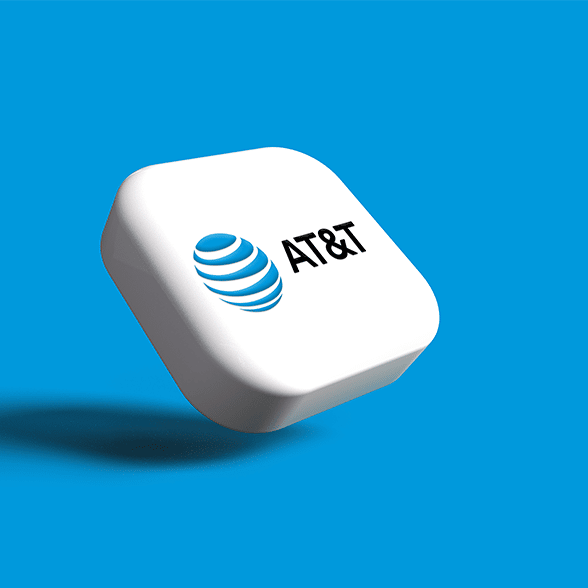
AT&T announced the launch of a 10Mbps DSL tier for U-verse customers. The new tier offers 1.5Mbps in upstream bandwidth, and is priced at $55 month. Embarq also recently announced a 10Mbps tier. Verizon regularly flexes its broadband muscle with FiOS, but also introduced a 7Mbps DSL tier recently. All this adds up to catch up time. DSL providers are transforming themselves from just a “value” alternative to more expensive and faster cable modem service. They are now trying to meet cable’s speed advantage head on. Cable has regularly tried to draw attention to their faster broadband speeds and have effectively labeled DSL as “slow” or the “new dial-up.”
The battleground is now shifting away from speed comparisons to “value add” comparisons. As cable’s speed advantage wanes, both camps are now looking to provide value add services as a differentiating factor. For example, AT&T also announced that subscribers to their DSL service also gain access to AT&Ts 10,000 Wi-Fi hotspots at no additional charge. Both Verizon and AT&T are also adding convergence features for their broadband and video customers in an attempt to build value for bundled subscribers. Cable companies have their fair share of value add strategies as well, including free security suites and online gaming options. I suspect we’ll see the value add strategy intensify, and beyond the “usual suspect” value add features, expect telecom competitors to leverage their strength in wireless and cable to leverage their experience with video. Should be fun to watch.


